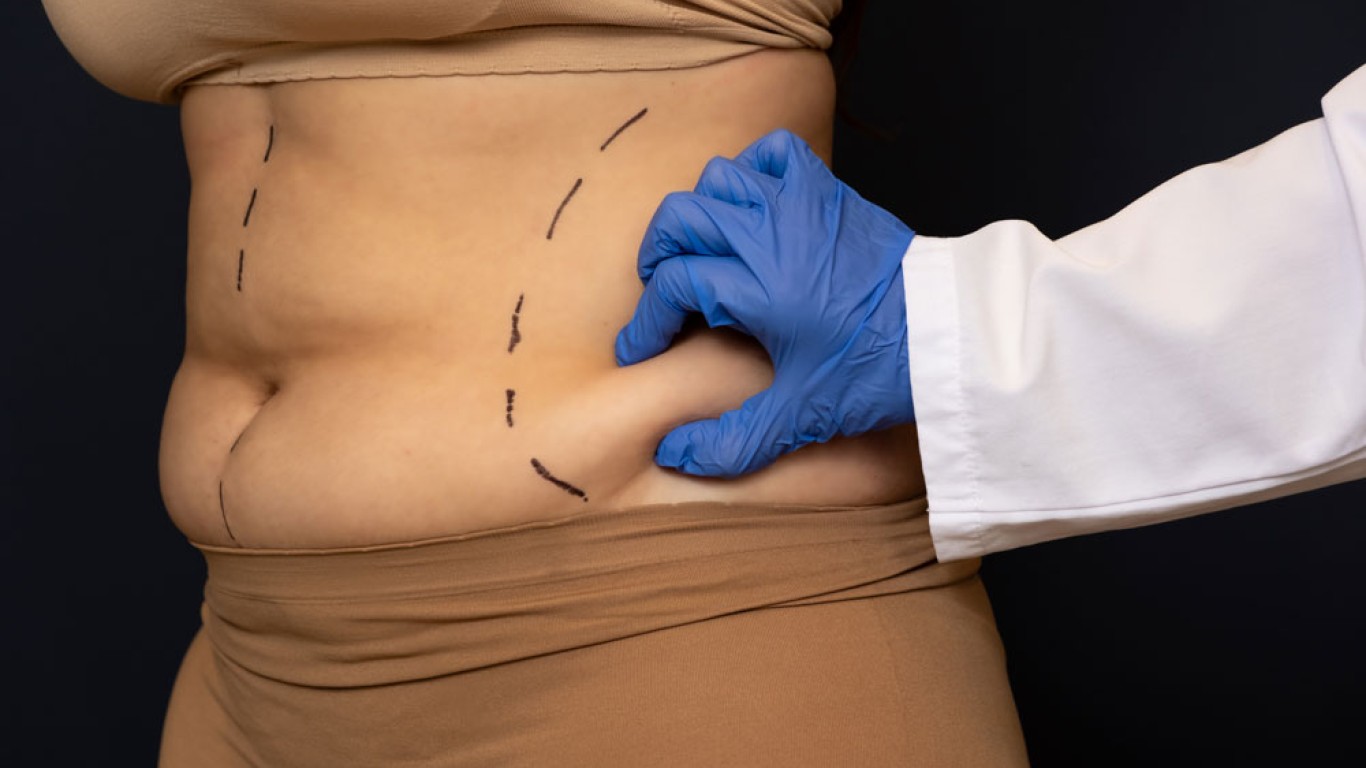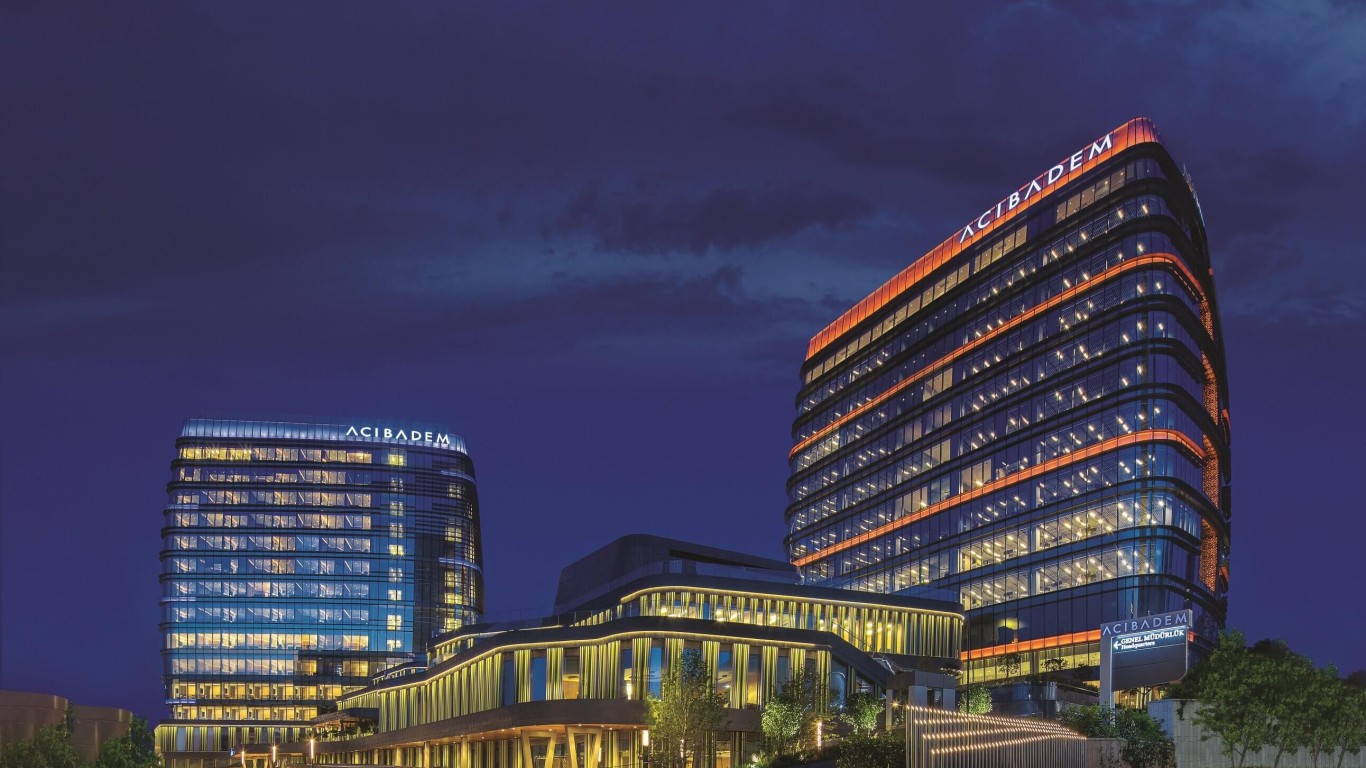Introduction
A full body lift offers one of the most transformative procedures in aesthetic surgery. Designed for patients with excess skin it provides a tightened and contoured silhouette. After major weight loss or pregnancy, skin can lose elasticity and begin to sag. This is where a full body lift comes in. It removes and reshapes sagging skin, particularly around the abdomen, thighs, buttocks and back. The result is a more defined, smoother body shape.
This procedure is not a weight-loss method. Instead, it refines your results after losing a large amount of weight. It can dramatically improve body confidence, mobility and comfort.
What Is a Full Body Lift?
A full body lift is a surgical procedure that removes excess skin. And it tightens tissue across the torso and lower body. It usually combines a tummy tuck, buttock lift and thigh lift in one operation. Sometimes, the procedure is extended to the upper body as well. This may include lifting the arms, chest or upper back.
Because this is an extensive surgery, it requires careful planning and a skilled surgical team. The aim is to improve contour and skin tone while maintaining natural proportions. If you’ve undergone bariatric surgery or lost a large amount of weight, this treatment can complete your transformation.
Who Is a Good Candidate for a Full Body Lift?
This procedure is often recommended for patients with significant loose skin following weight loss. To qualify, your weight should be stable, and you should be in good overall health. Smokers may be asked to quit before surgery, as smoking can affect healing.
Equally, ideal candidates are those with realistic expectations. While the results can be life-changing, they depend on skin condition, age and body type. If you're considering a full body lift, a consultation is the first step. They will assess your suitability and create a customised treatment plan.
How the Procedure Works
A full body lift is carried out under general anaesthesia. It may take several hours, depending on the areas involved. Often, the surgeon begins with the lower body, making a circumferential incision around the waist. This allows them to lift the abdomen, flanks and lower back in one continuous procedure.
Next, depending on your plan, they may also address the thighs or upper body. Excess skin is removed, muscles are tightened, and the remaining skin is repositioned. Liposuction may also be used to enhance contouring results. Once complete, the incisions are closed with sutures and dressed carefully.

What Is Recovery Like After a Full Body Lift?
Recovery requires rest and time. Most patients stay in the clinic for a few days after surgery. Drains may be placed to reduce swelling and fluid build-up. Swelling, bruising and tightness are common in the first week. You’ll need to wear compression garments to support healing and improve your shape.
Most patients can return to light activity within two to three weeks. However, strenuous exercise should be avoided for six weeks. Full healing can take several months. During this time, your shape will continue to improve as swelling subsides. Regular check-ups with your surgeon will ensure your recovery stays on track.
Expected Results and Benefits
The results of a full body lift are typically long-lasting. Once the swelling reduces, you’ll notice smoother contours and better skin tone. The removal of loose skin can also ease chafing and discomfort caused by skin folds. Patients often report improved confidence in clothing and daily movement.
Scars are inevitable, but surgeons take care to place incisions in hidden areas when possible. Over time, scars fade and become less noticeable. Maintaining your weight and following aftercare advice will help preserve your results. Altogether, a full body lift delivers physical and emotional benefits that go far beyond appearance.
Combining Full Body Lift with Other Procedures
Because the procedure is extensive, many patients ask whether it can be combined with others. Sometimes, additional surgeries such as arm lifts or breast lifts are scheduled later. This staged approach ensures safety and optimal healing.
Sometimes the full body lift may be paired with facial procedures or non-surgical treatments. However, this must be discussed with your surgeon. Their role is to balance safety with your desired outcome. Each plan is tailored to your body’s needs and your personal goals.
Is a Full Body Lift Right for You?
If you’ve worked hard to lose weight, a full body lift can help you finish the journey. It’s important to be fully informed and have realistic expectations. This procedure is not about perfection. It’s about restoring comfort and shape so you can feel like yourself again.
Consult a board-certified plastic surgeon who specialises in body contouring. They’ll guide you through every step, from planning to recovery. Remember, results take time, but the long-term rewards are often worth it. A full body lift can be the final step in reclaiming your body after major life changes.
Conclusion
A full body lift is a powerful procedure for those with excess skin after significant weight loss. It tightens, lifts and smooths the lower and mid-body for lasting improvements. While recovery takes time, the transformation can be both physical and emotional. If you’re seeking a complete solution to sagging skin this treatment might be the answer.
For more information and to book a consultation visit the ACIBADEM Beauty Center webpage.
Frequently Asked Questions
The procedure usually lasts between four to eight hours, depending on the extent of surgery.
Yes, most patients stay two to three nights in the clinic for close monitoring.
Results are long-lasting if you maintain a stable weight and follow aftercare advice.
Scars are usually placed around the waist and may extend to the lower back or thighs.
Yes, but many surgeons prefer to stage these procedures for safety and healing reasons.














